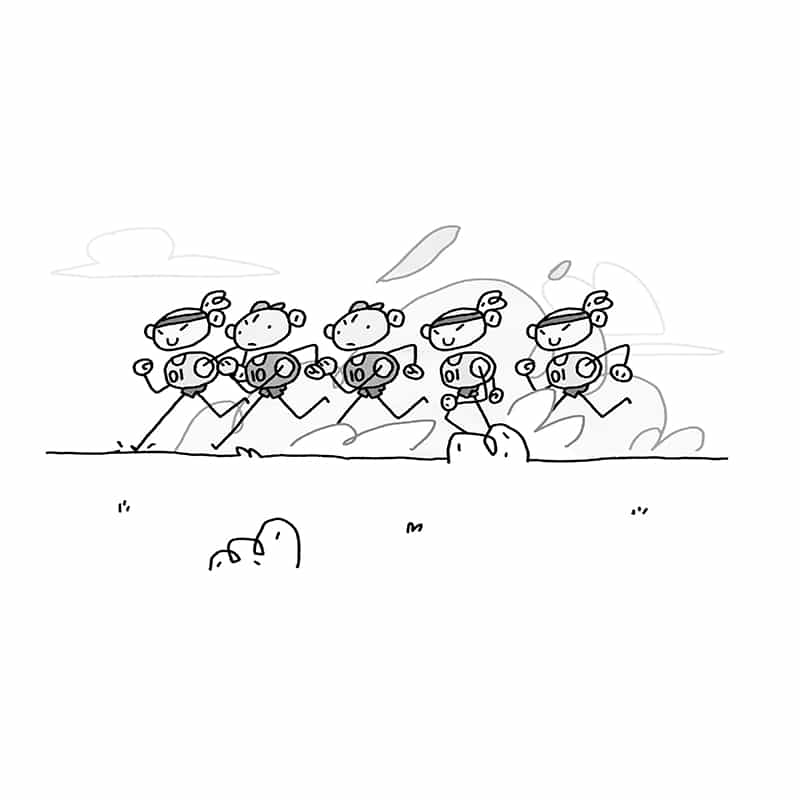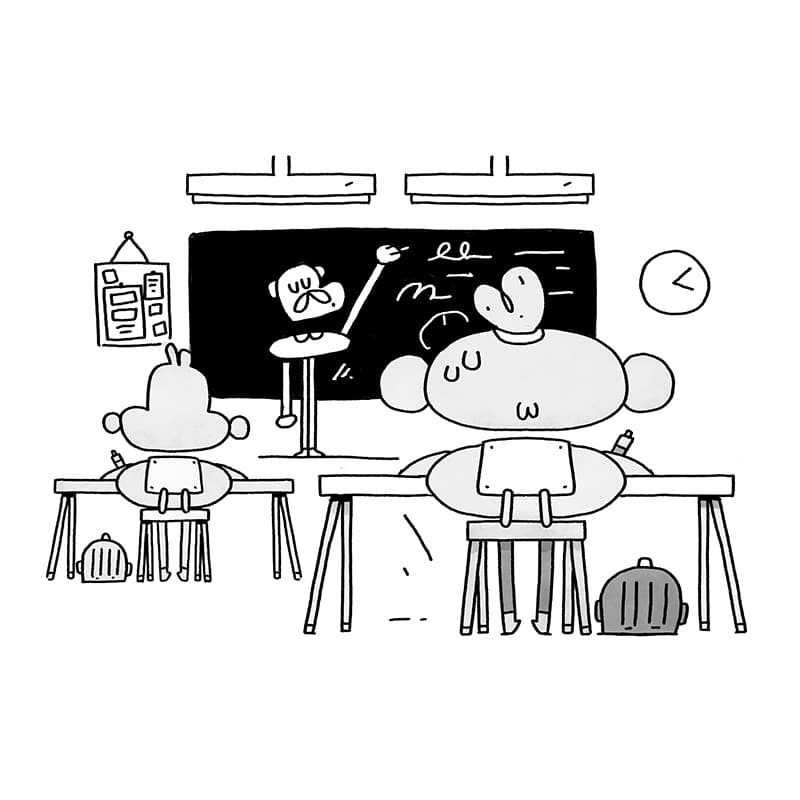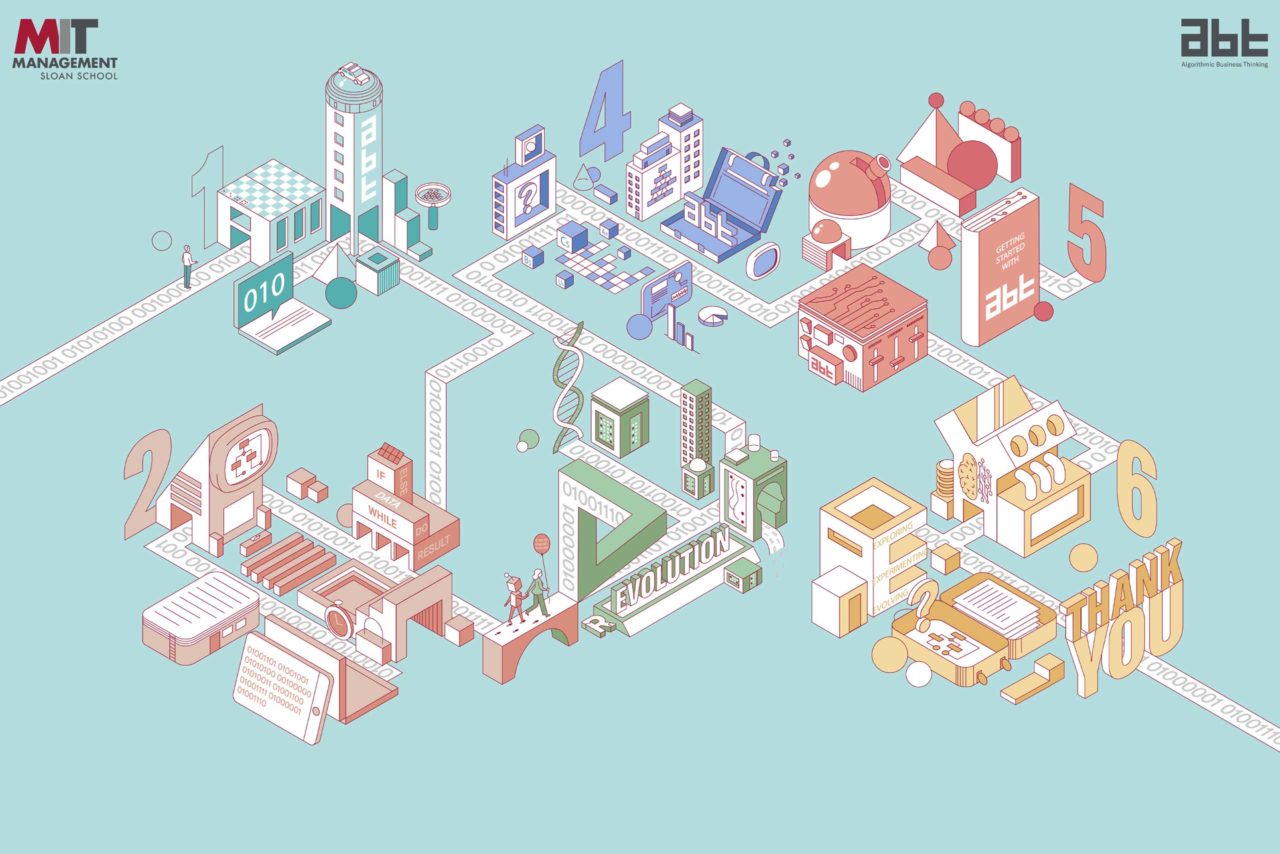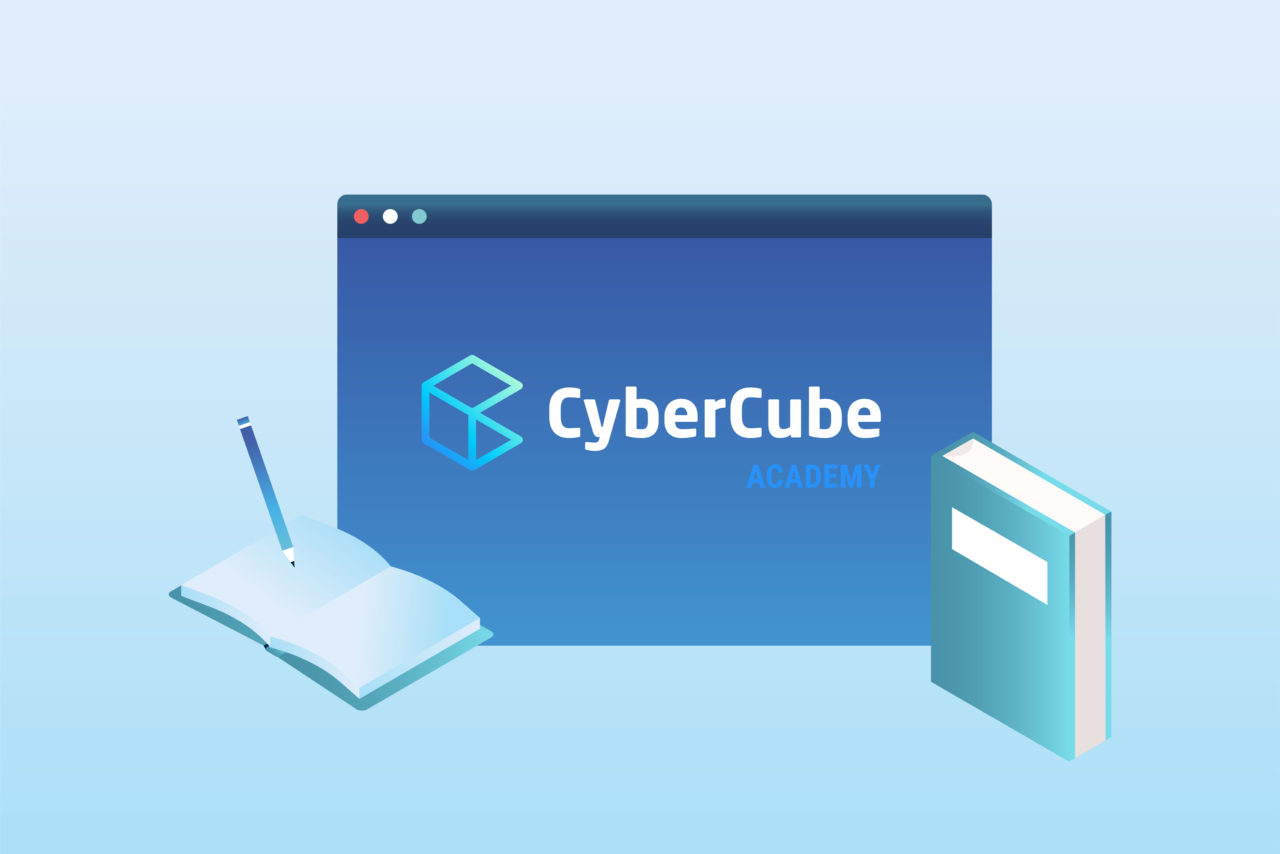
Massive Open Online Courses (MOOCs)
Helping knowledge spread exponentially

What are Massive Open Online Courses (MOOCs)?
Massive Open Online Courses, or MOOCs in short, bring e-learning to (very) large audiences. Offering broad, sometimes even unrestricted access to course material via internet platforms, they can be viewed and shared by learners across the globe.
Features vary depending on the scope, topic and learning objectives of the MOOC:
- Live teaching or e-learning video: some MOOCs are live-streamed, while others are made available as recordings, or series of video clips
- Interactivity: MOOCs offer various opportunities for liaising with trainers and other course participants. Live MOOCs offer enable direct contacts in real time, while other formats can add interactivity through complementary web platforms, forums etc.
- Animation, live–action or mixed media: MOOCs frequently feature trainers speaking in front of a camera facing their “class”, but animation offers many creative opportunities for facilitating learning. Adding infographics to either is a smart way of structuring content and making it understood.

Why do you need Massive Open Online Courses (MOOCs)?
MOOCs have enjoyed tremendous successes long before the pandemic. Since then, interest in MOOCs has exploded, reaching 180 million students worldwide. One third of learners joined their first course in 2020.
Whether university, non-profit, government or business: MOOCs can help you spread knowledge more widely. They enable you to broaden your geographical reach and engage with more students at the same time. Moreover, they offer a whole new world of opportunities for stimulating learning processes, long-term memory and collective intelligence.

Tips for successful Massive Open Online Courses (MOOCs)
Thinking of developing your first MOOC? Before getting started, consider the following aspects:
- A MOOC is not just the online version of your class. Filming a teacher giving an hour-long lecture will not result in optimal learning outcomes. Invest some time into re-structuring your material and re-thinking it for online audiences.
- Build a learning environment around your course. You don’t need to stream your course live to achieve interactivity: by combining it with other tools (e. g. a web platform or a social media campaign), you can build a community around your MOOCs – and increase visibility in the process. Consider developing a content roadmap first.
- Use storytelling. Stories are not confined to the realm of fiction: by building a narrative for your learning content, you help students engage, remember – and have fun while learning!
- Choose the style that fits yours – and your content. For instance, data visualisation lends itself well to topics involving graphs and statistics, while other courses benefit from highlighting key concepts with on-screen text or animated explainers. If you’re not comfortable speaking in front of a camera, don’t worry – it’s a skill you can learn. On- or offline.

How we can help create your Massive Open Online Courses (MOOCs)
If you are looking for professional support to develop an engaging MOOC, we are there to help.
Our expertise spans animation, live action as well as mixed media, putting us in the ideal position to advise on the style that best fits your course.
If you do not have a lot of camera experience, our team will coach you to ensure convincing delivery.
You content is highly technical, but your audience is really broad? We specialise in simplexity – making complex stuff simply understood by developing a storyline around it, and ensuring it’s remembered with the help of powerful visuals.


